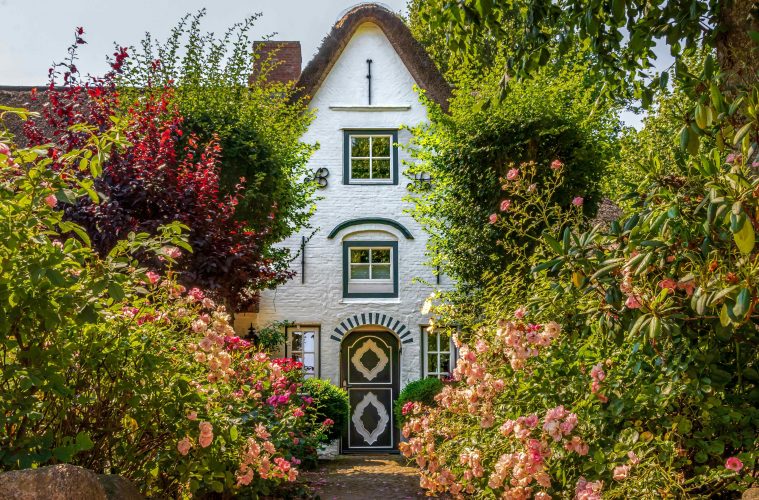Few garden styles are as romantic and welcoming as the English cottage garden. To create your very own English cottage garden, you need to choose plants that grow through and around each other. The overall effect is a casual aesthetic garden. English gardens require you to be careful with editing so you can avoid chaos.
Foxglove
A classic cottage garden plant, coming from the Digitalis genus family. The spires of the foxglove provide your garden with bursts of colour around late spring to mid-summer. Together with other self-seeding plants, the foxglove adds a sense of jostling companionship with other plants. Foxgloves will thrive in fertile, moist but well-drained soil in sun or around partial shade.
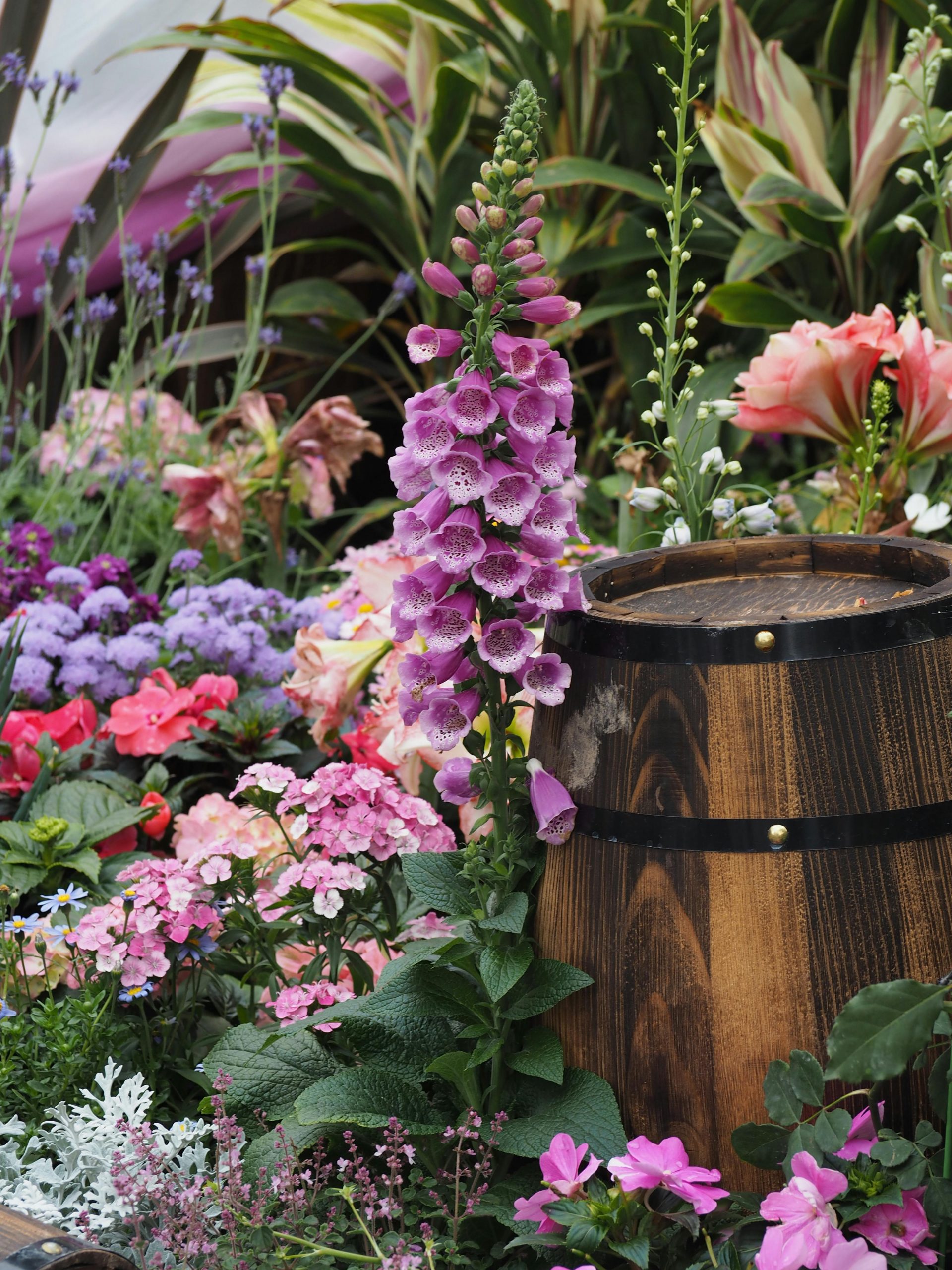
Image Credit: Pexels
Phlox flowers
Garden phlox flowers become the star in the heat of summer with clusters of flowers that can last well over a month, even into early autumn. Different varieties of phlox are prone to powdery mildew, but thankfully, many gardeners are breeding new types that stay beautiful no matter how humid your summer gets. The hummingbird, moths and other pollinators are fond of this flower. So expect your garden to maintain the cottage garden aesthetic with some pollinator visitors.
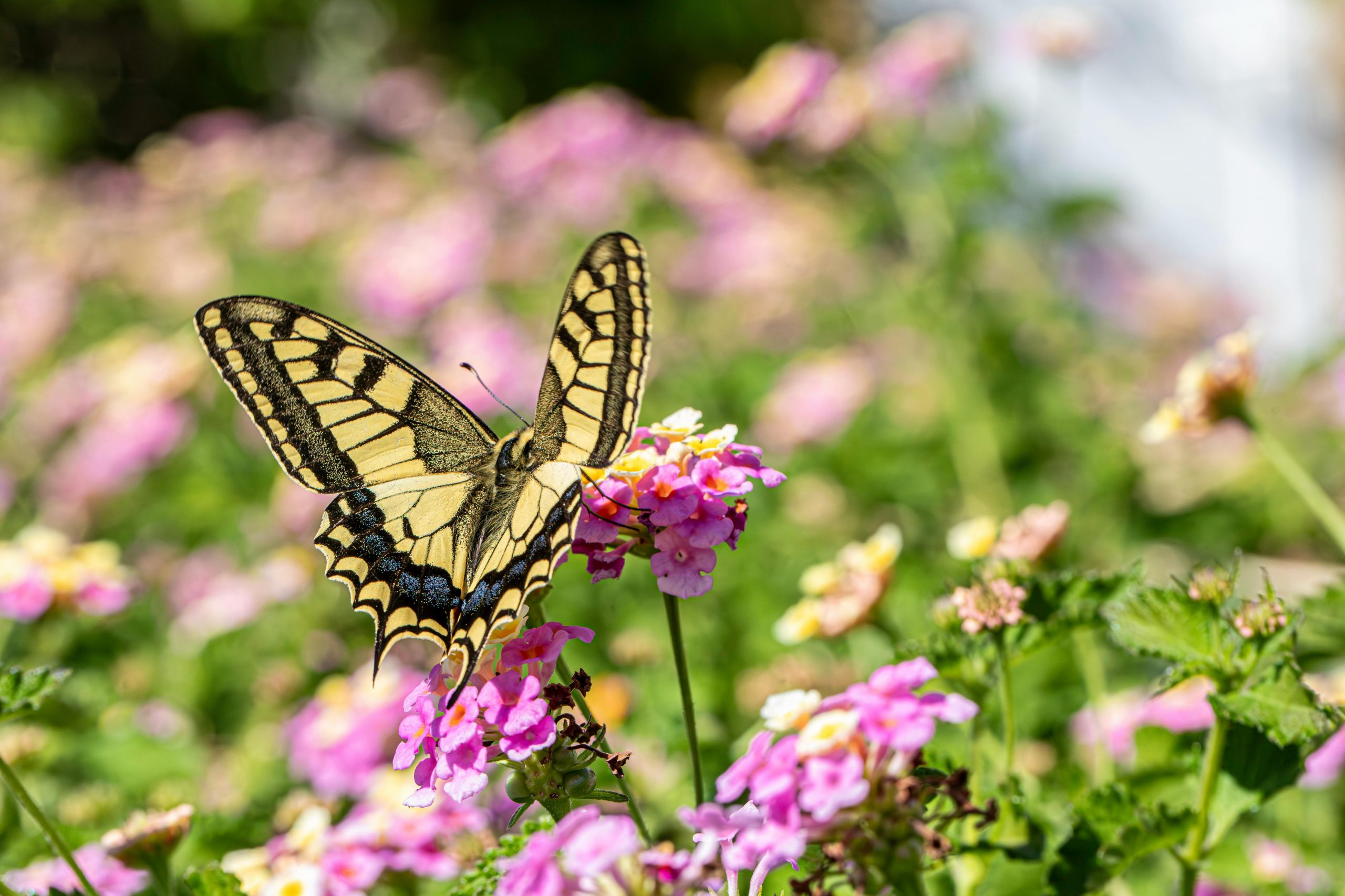
Image Credit: Pexels
Primrose
You can never go wrong with this early-season bloomer. The primrose is originally native to the UK, fitting perfectly with the cottage garden experience. These early bloomers become one of the brightest spring flowers in your garden. The plants are woodland plants, meaning they happily naturalise under trees, but also work in any lightly shaded spots.
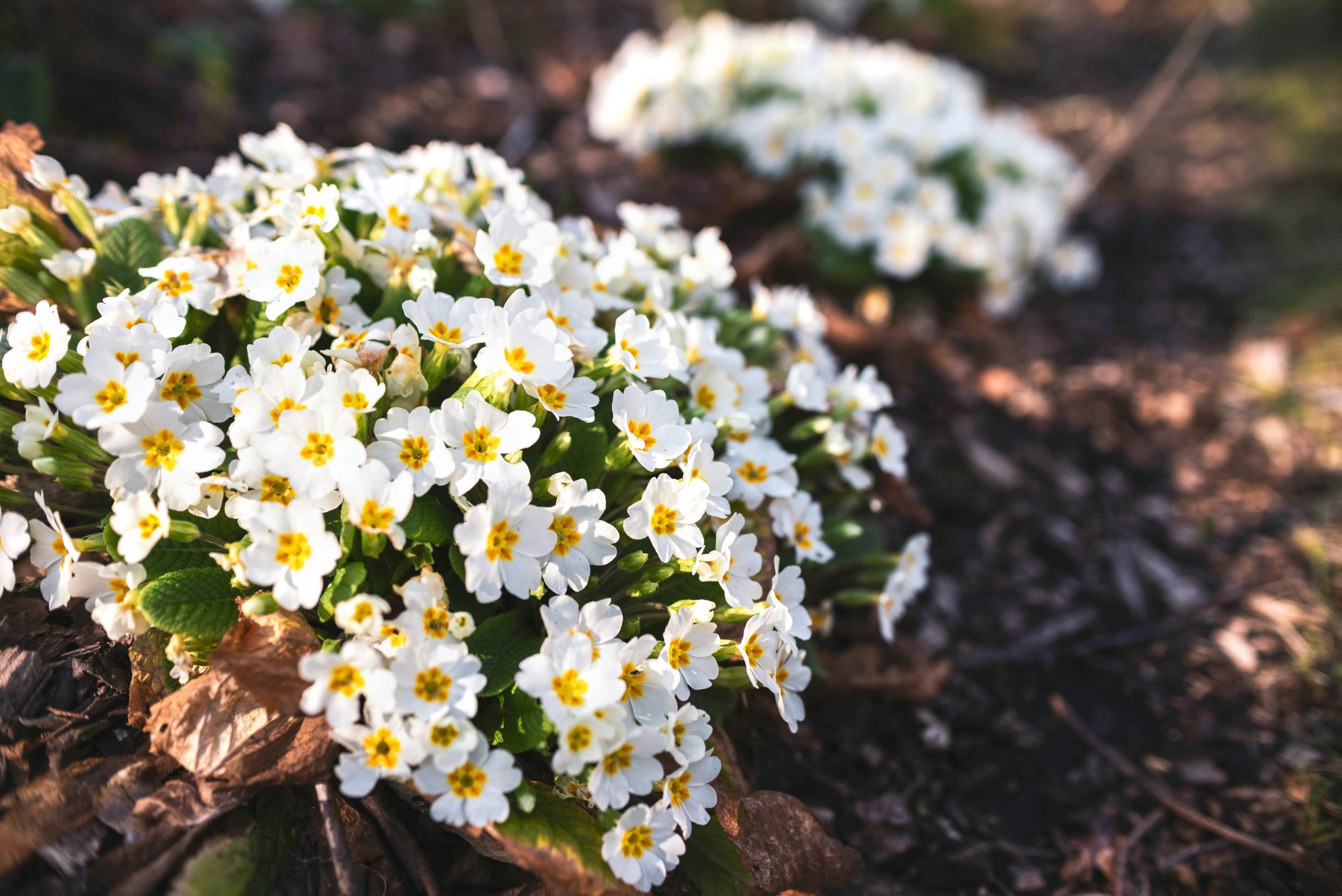
Image Credit: Pexels
Roses
No cottage garden would be complete without roses and their delightful fragrance. Can you imagine an English garden without them? Climbing roses around an arbour will certainly enhance your garden’s charm and help define it as a true cottage garden. Be sure to choose modern English roses, as they are primarily disease-resistant and have a heavenly scent.
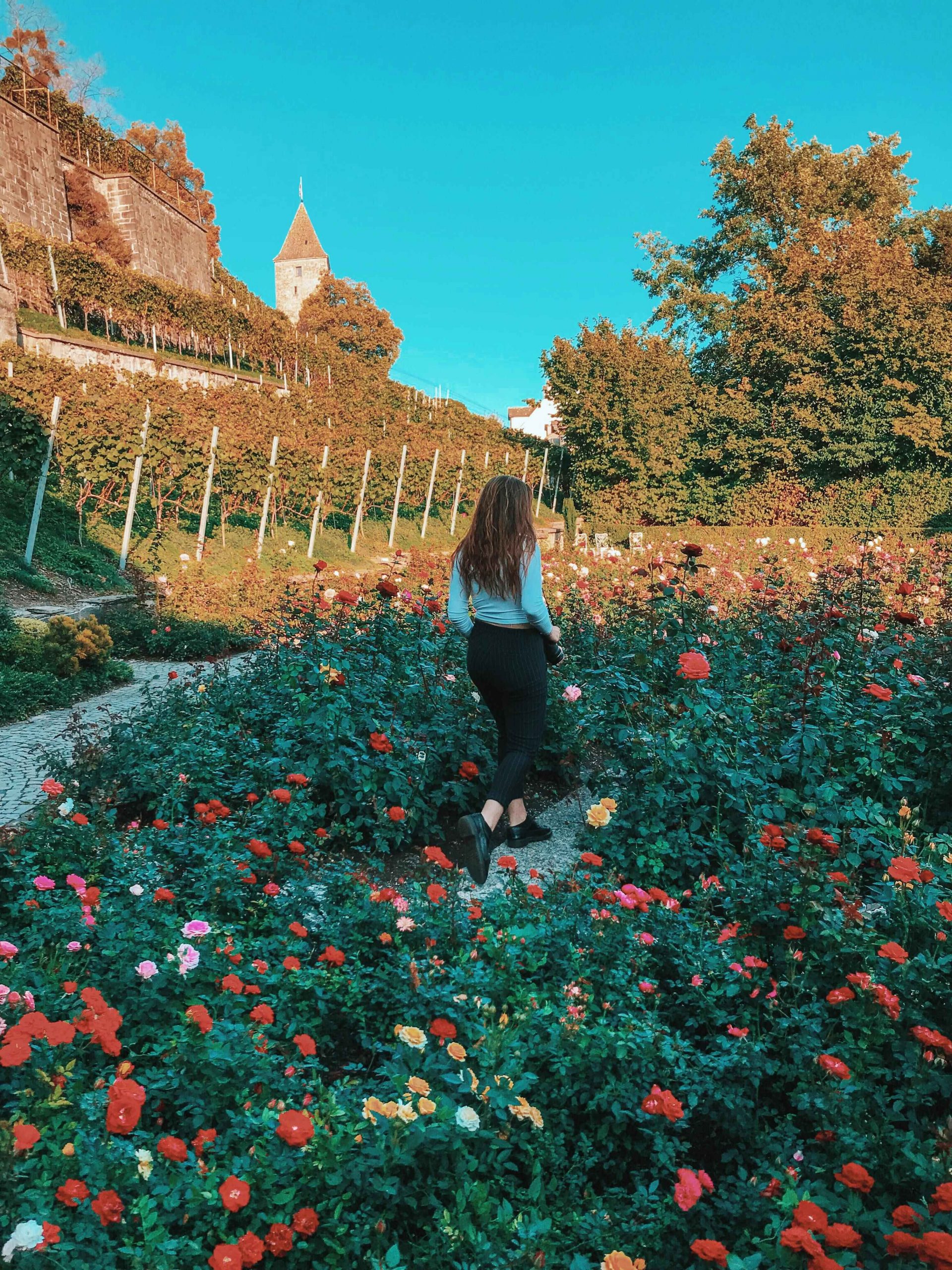
Image Credit: Pexels
An English garden can mean many things and can be interpreted differently as long as you meet the English garden elements. Bright blooms, annuals, self-seeding flowers and wildlife inviting plants. The differences lie in how landscaped and manicured you want your garden to be.
ALSO SEE: HOW TO PLANT THRIVING FOXGLOVES
Feature Image: Pexels

